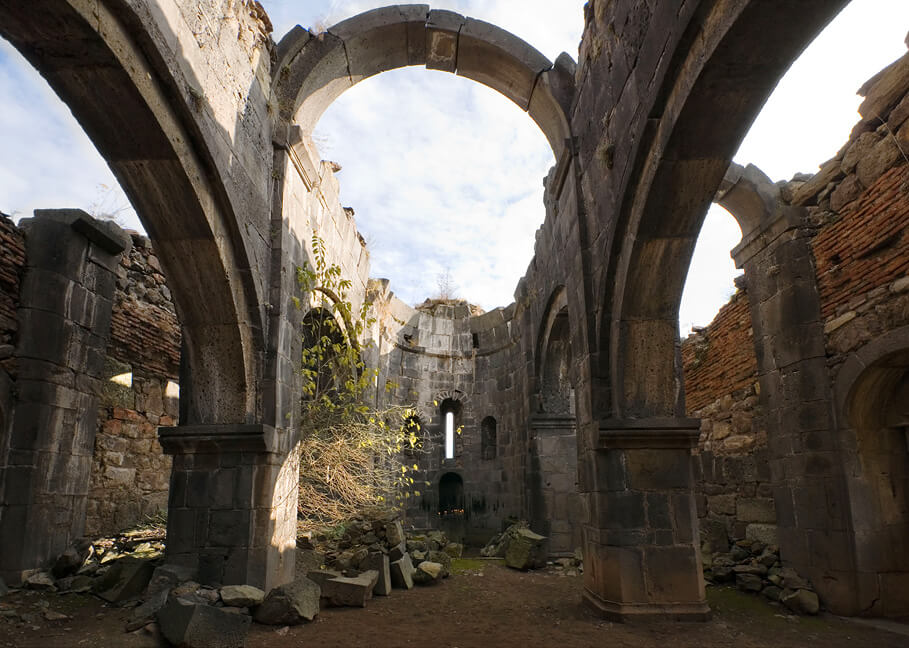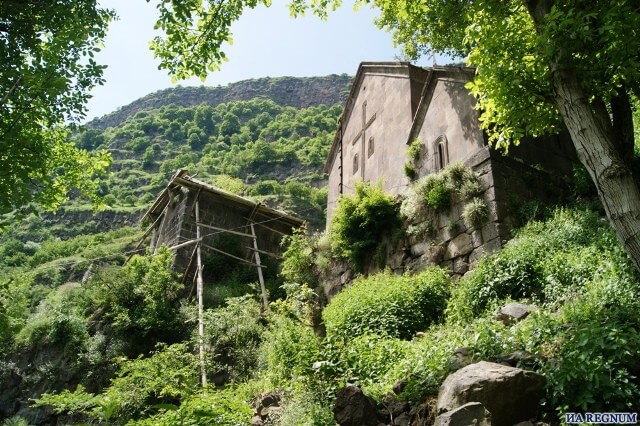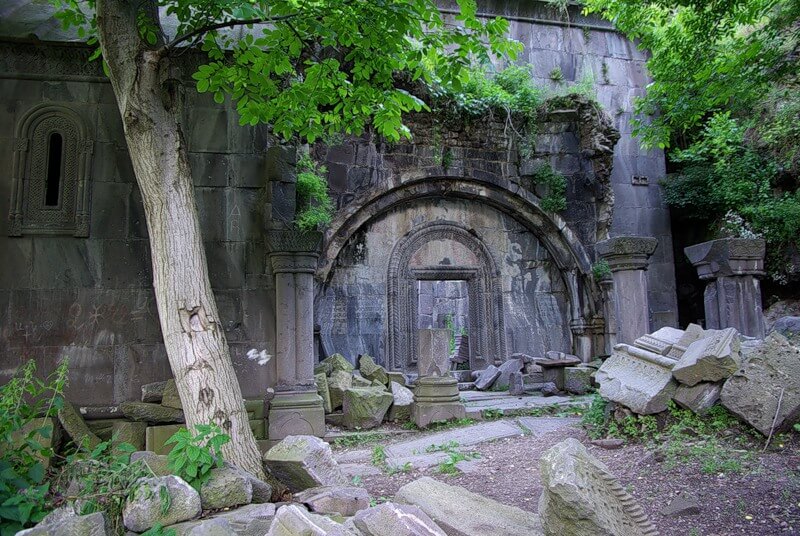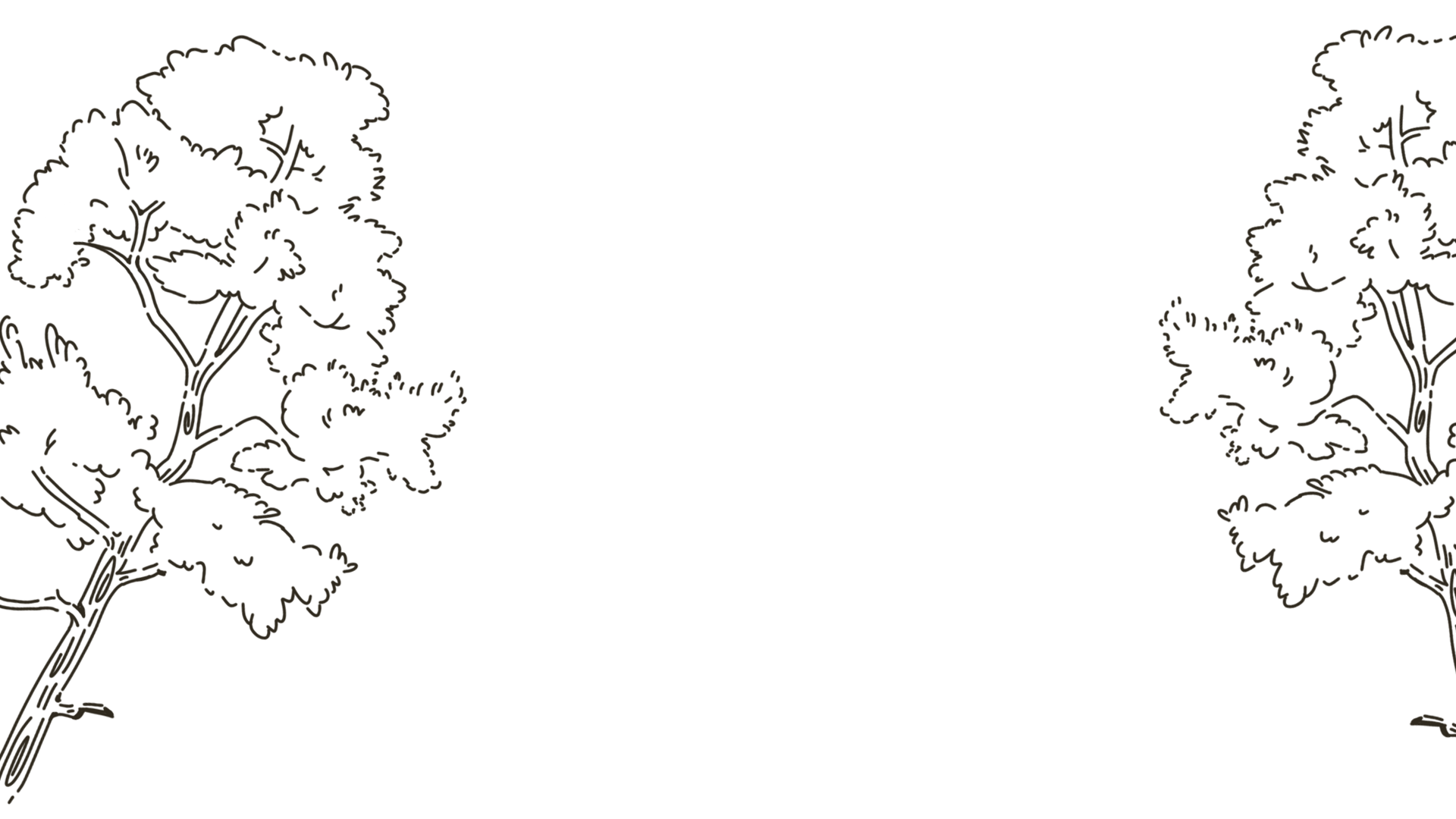DENDROPARK
Dendropark is definitely one of the most gorgeous places to visit during your stay at Sochut resort.
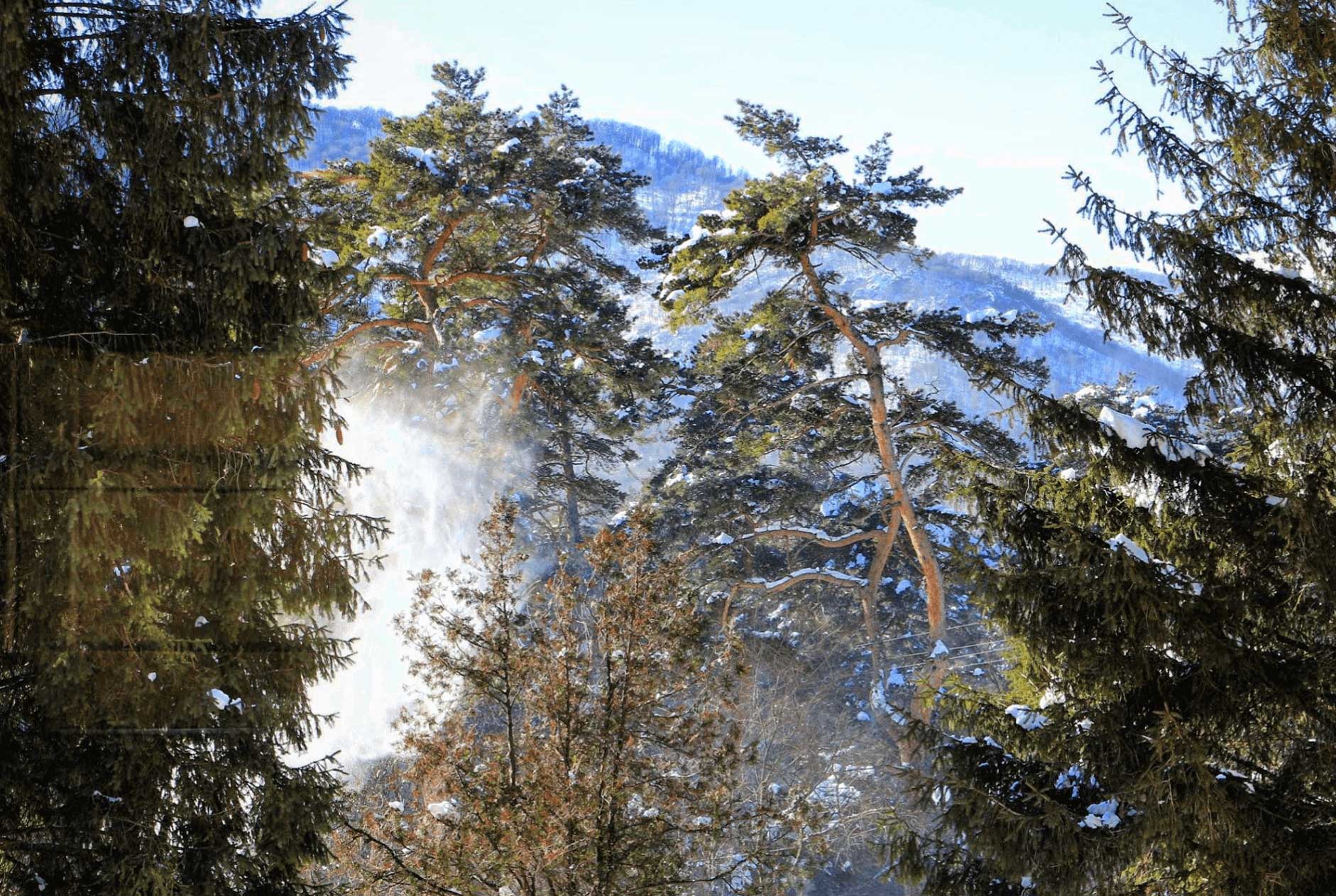
Dendropark is derived from Latin and means a park of trees. It consists of 17.5 hectares of natural forest and 15 hectares of ornamented trees. It is the first natural forest of Southern Caucasus that was turned into a park. The flora of the Park was mostly gathered from Yerevan Botanical garden as well as a number of other countries during international projects. More than 2500 plants have been introduced to the park, although today the park boasts with 500 plants including thorn leaf and evergreen trees. Dendropark is fascinating during all the seasons of the year. Here you can avoid city noise, enjoy the beauty of nature and breathe fresh and invigorating air.
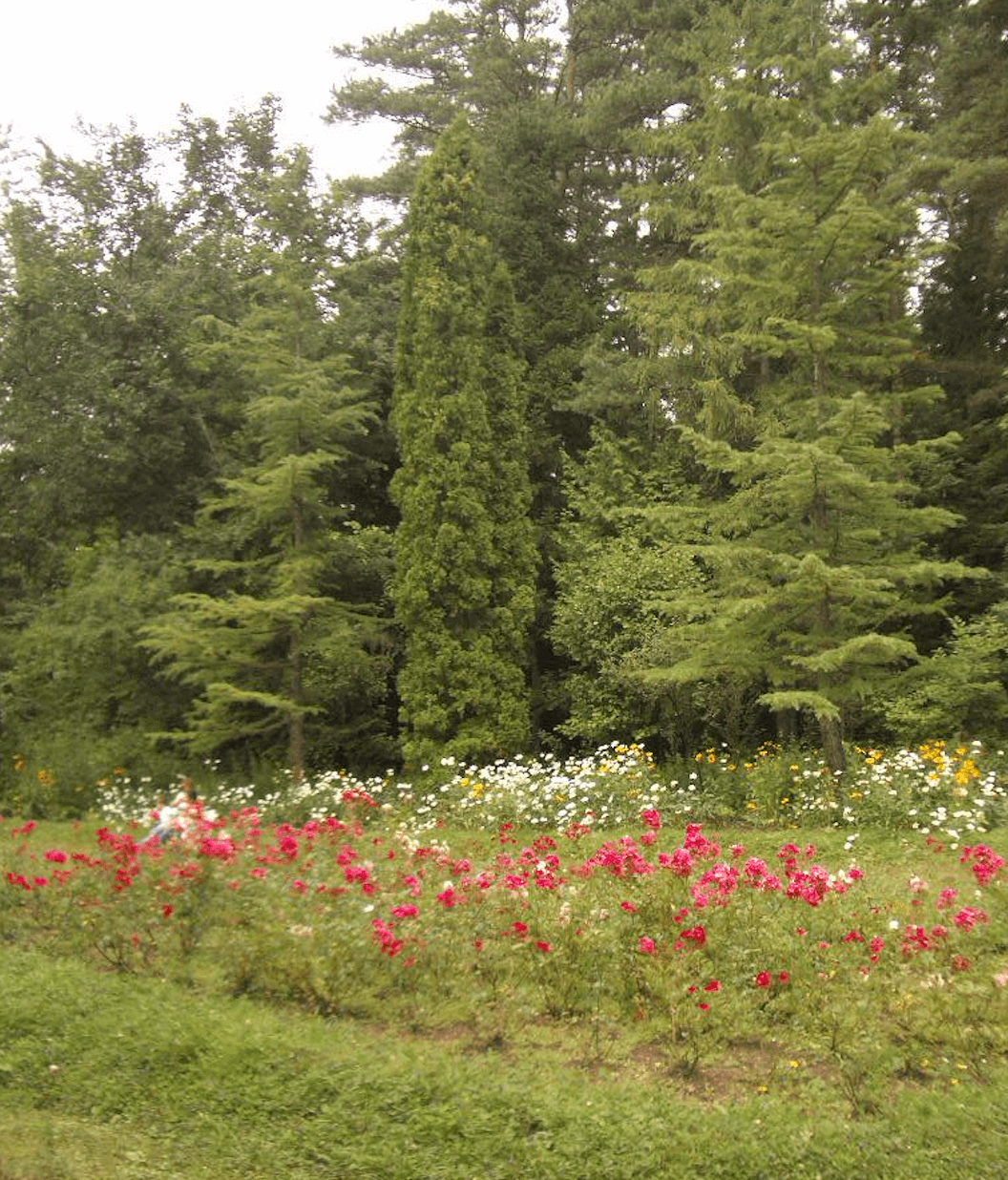
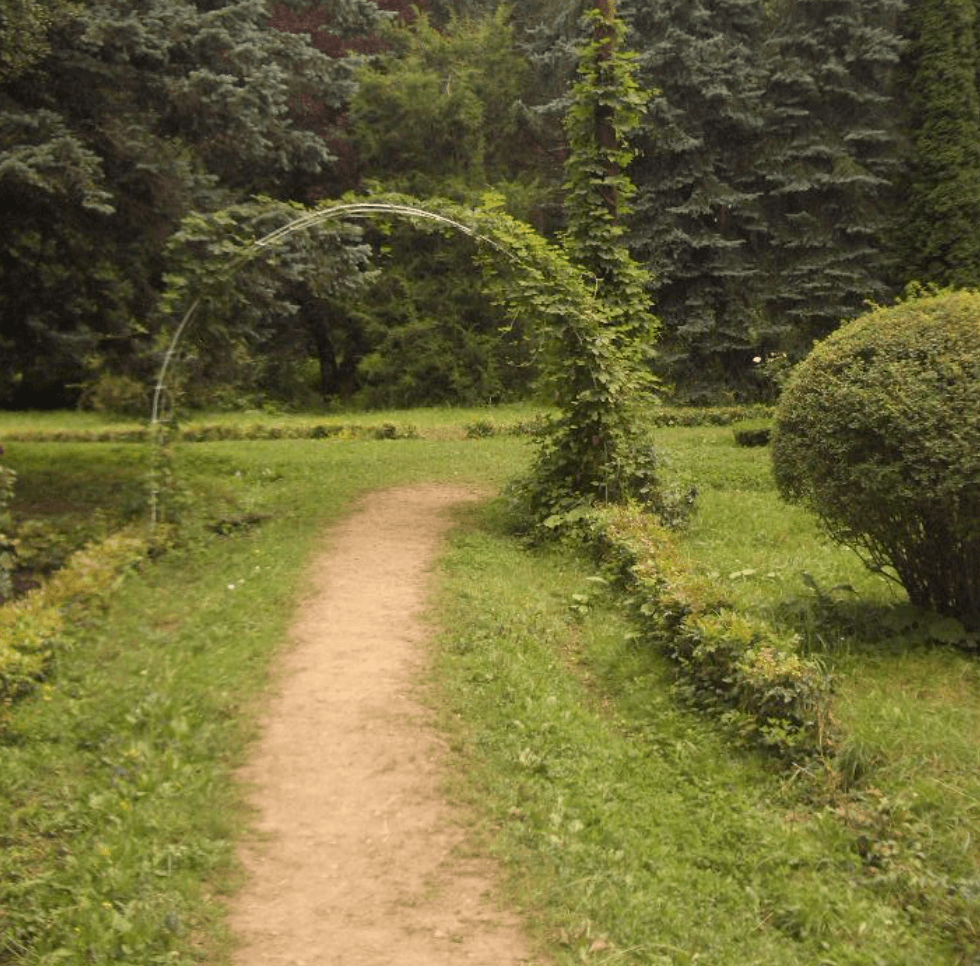
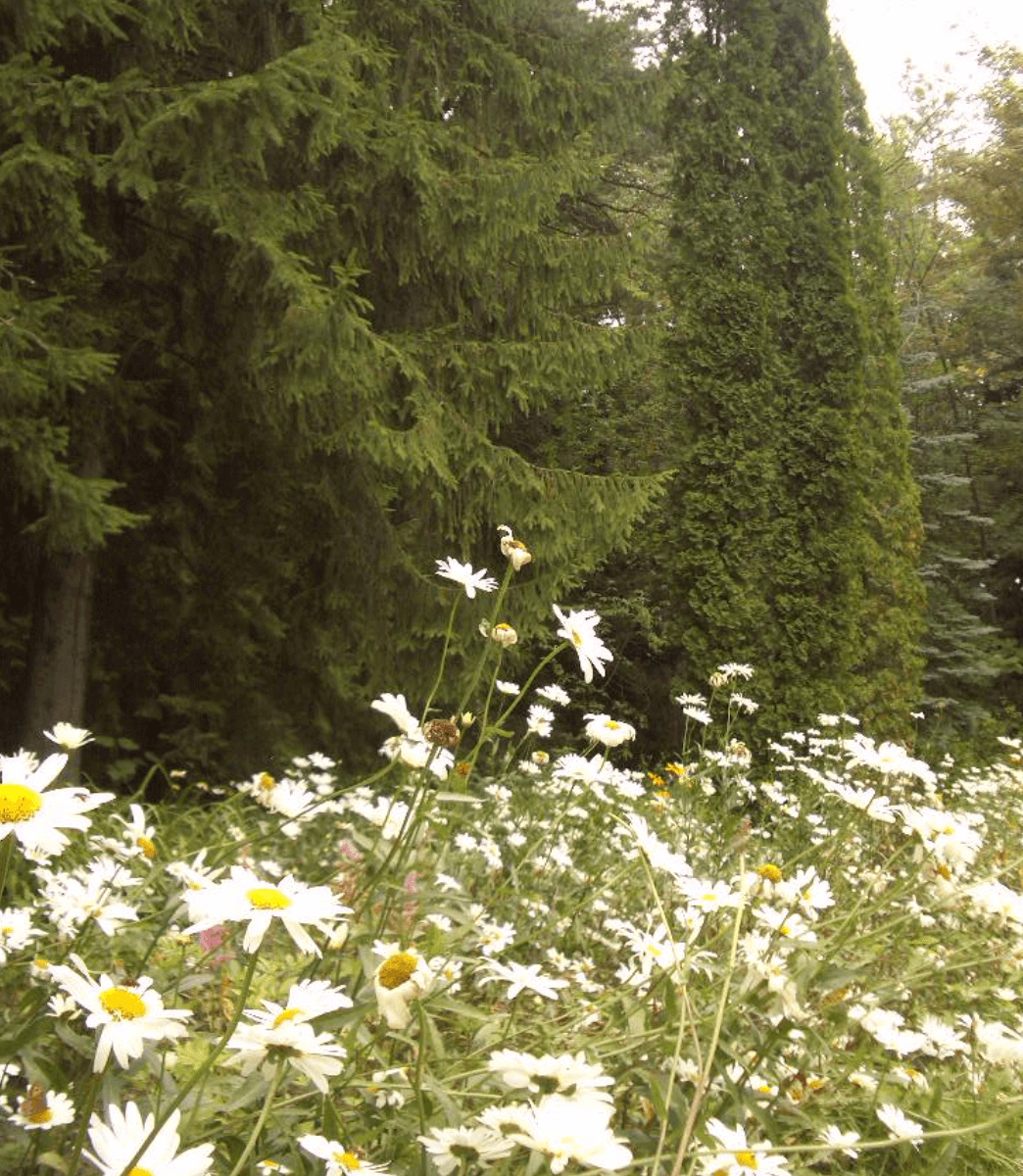

EXCURSIONS
Upon the guests’ requests, we regularly organize tours and excursions to the best touristic landmarks around the resort. Please note, that the tours are for groups including more than 6 people.
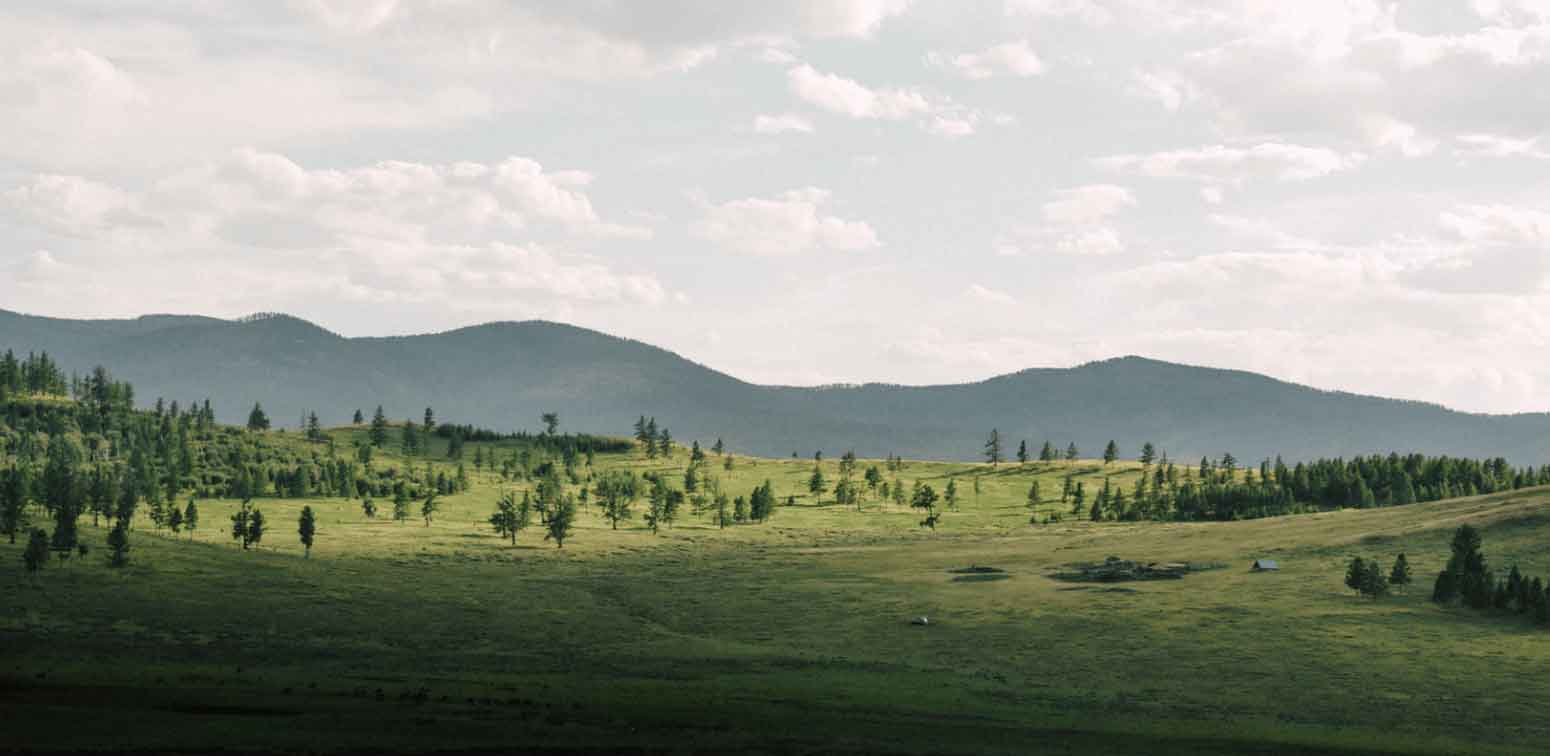
ARDVI
The village of Ardvi is located on the left bank of the Debed river, down the forested mountains. The village is famous for St. Hovhannes monastery built in VIII-XVII centuries and dedicated to Hovhannes III Odznetsi.
The architectural complex includes two churches and a belfry. There are stone crosses, ruins of residential buildings as well as a tetrahedral monument in the premises of the monastery.
Known as Hovhannes the Wise, this great thinker, theologian, reformer, ecclesiastical and public figure was buried here after his death and his ashes now rest near the monastery.
The famous film “The Color of Pomegranate” by the legendary filmmaker Sergei Parajanov was shot in Ardvi.
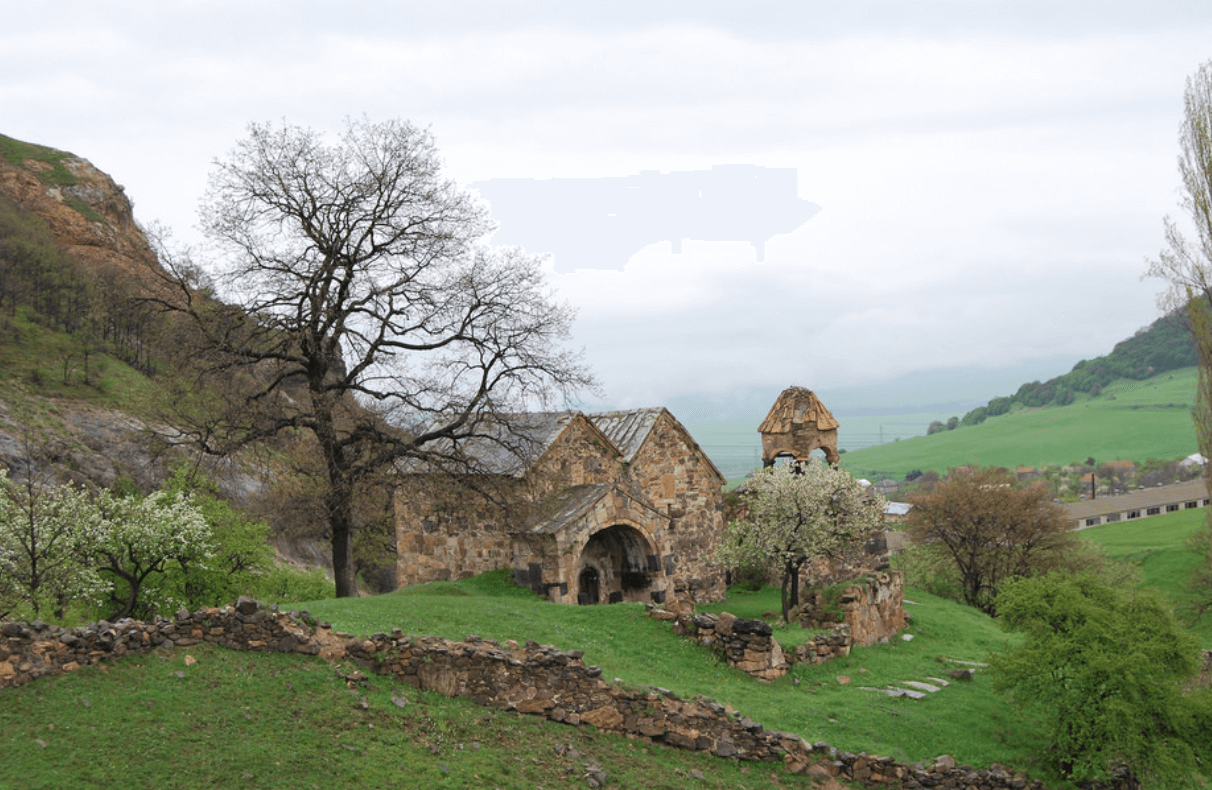
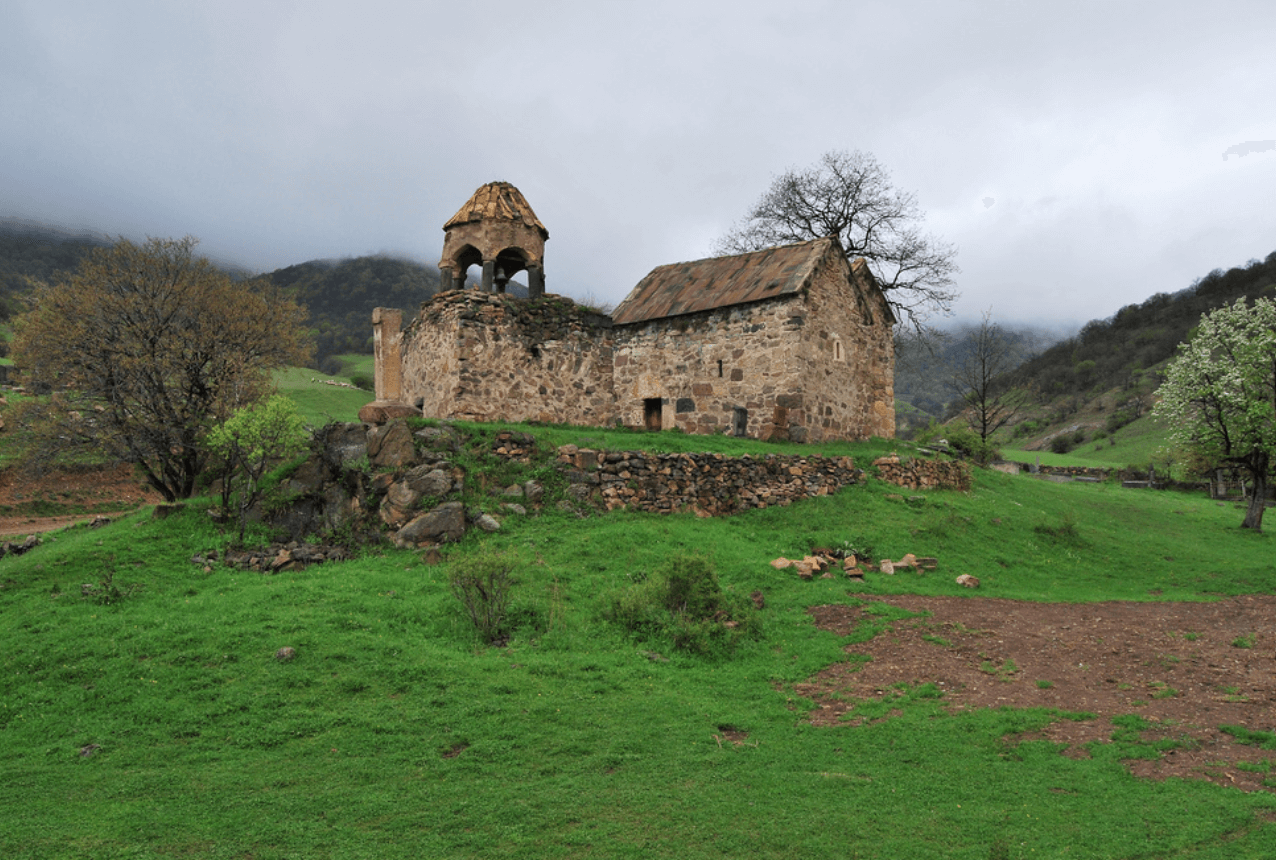
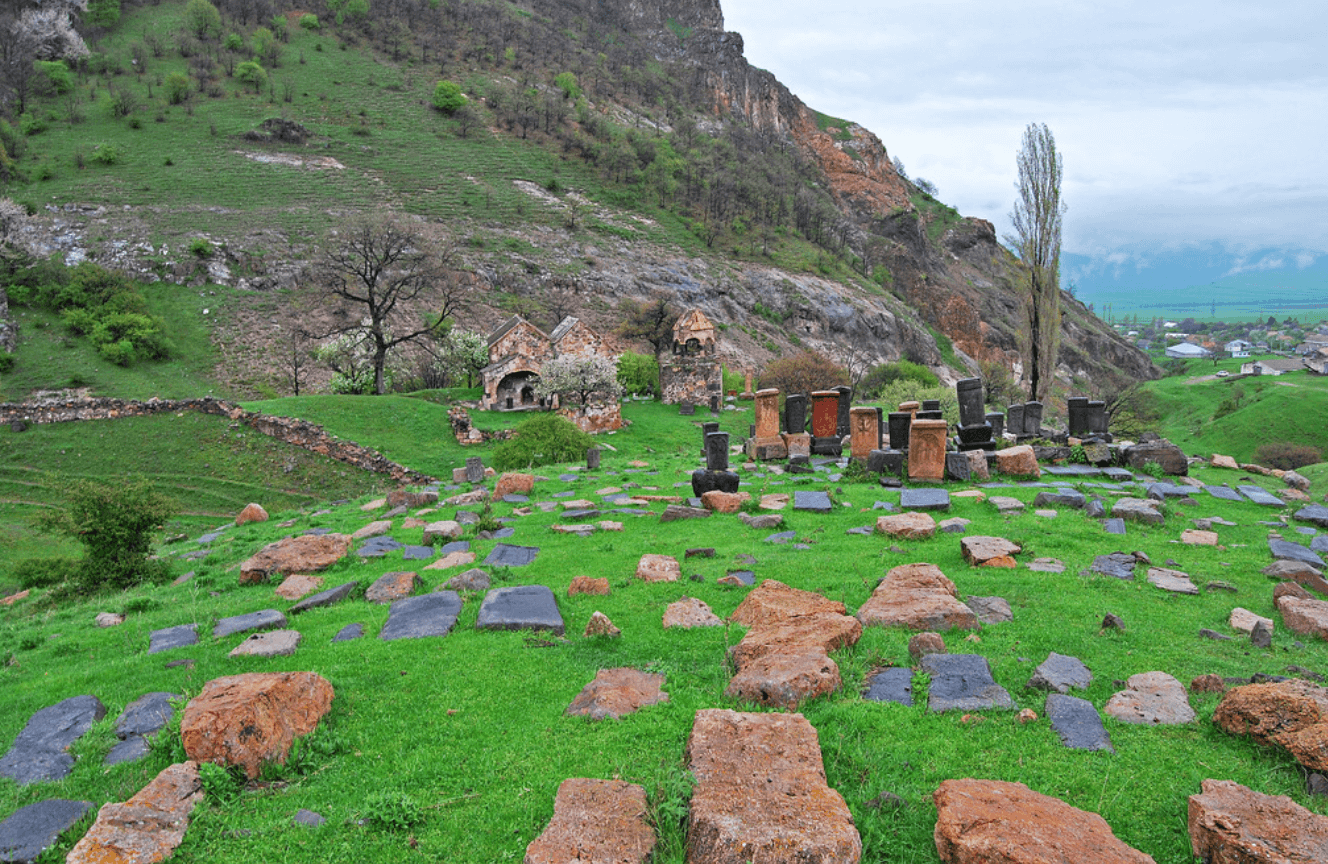

HAGHPAT AND SANAHIN
Haghpat is a medieval monastic complex and a university in the eponymous village of Lori province. The monastery was founded in 976 during the reign of Bagratid king Ashot III. The largest church in the complex, the Cathedral of Surb Nshan, was built by Queen Khosrovanush between AD 976 and 991. Haghpat academy and scriptorium were places where grammar, rhetorics, philosophy, theology, music and other subjects were taught in XI-XIII centuries in Armenia.
The monastic complex of Sanahin used to be a celebrated spiritual, cultural, and educational center in X–XIII centuries. The date of groundbreaking is unknown, but the monastery is believed to have been founded in the 4th century. The complex that stands to date was founded in AD 966 by Armenian king Ashot the Merciful.
The monasteries of Haghpat and Sanahin were chosen as UNESCO World Heritage. The monasteries of Haghpat and Sanahin are frequented by thousands of foreign and local tourists every year.
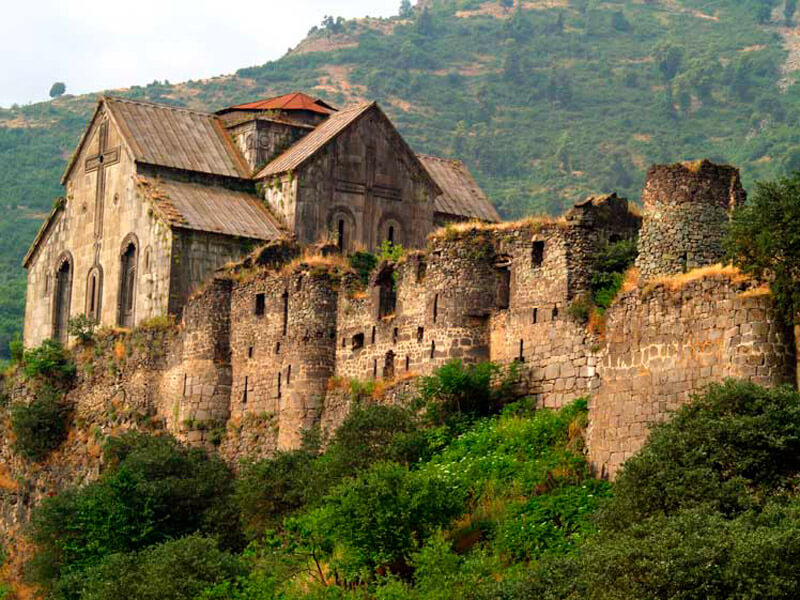
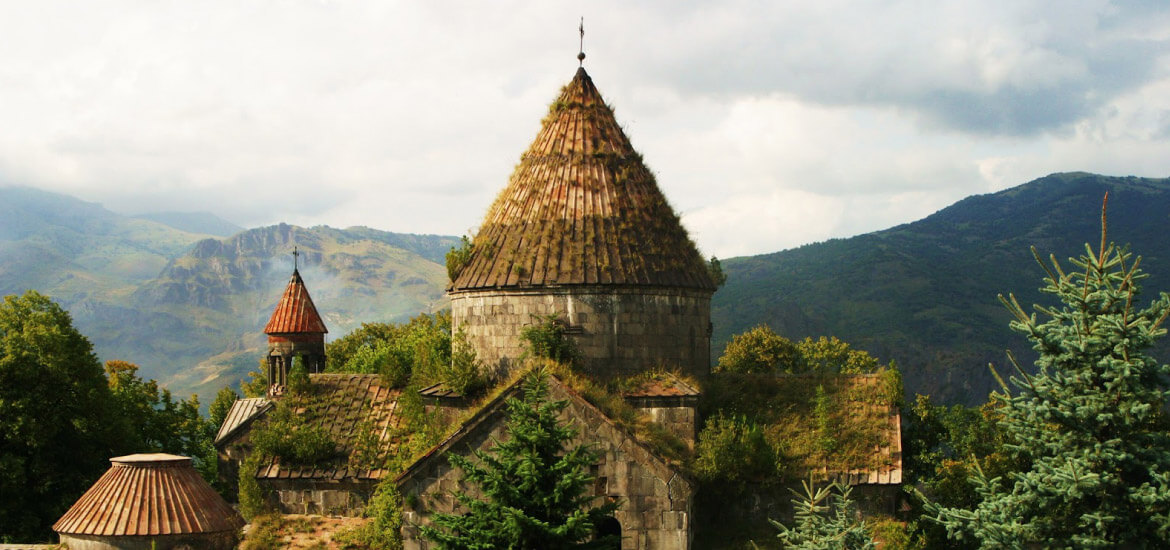
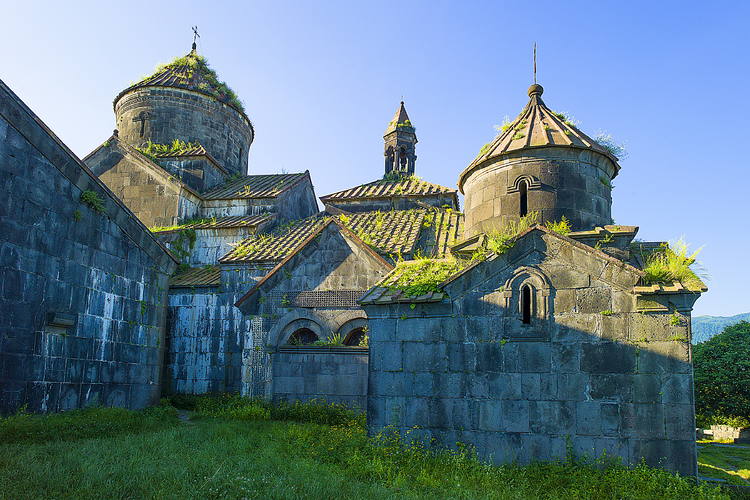

LORI FORTRESS
Lori is a village in the Lori Province of Armenia, just 5 km east from Stepanavan. It is famous for the medieval fortress "Lori Berd" located on a precipitous thrust over the gorge by the Dzoraget river and its tributary Miskhania. The deep gorges surrounding it have made the castle impregnable from three sides during invasions.
Founded by David Anhoghin, it dates back to 1005-1020. After handing the city of Shamshuldeh to Georgian King Bagrat D., Kyurike A. in 1065 turned Lori into the capital of the Kyurikid Dynasty. Located on the northern trade road, Lori has been a major commercial center in medieval Armenia, connected with Ani, Dvin, Dmanisi, Tpghisi, and other cities.
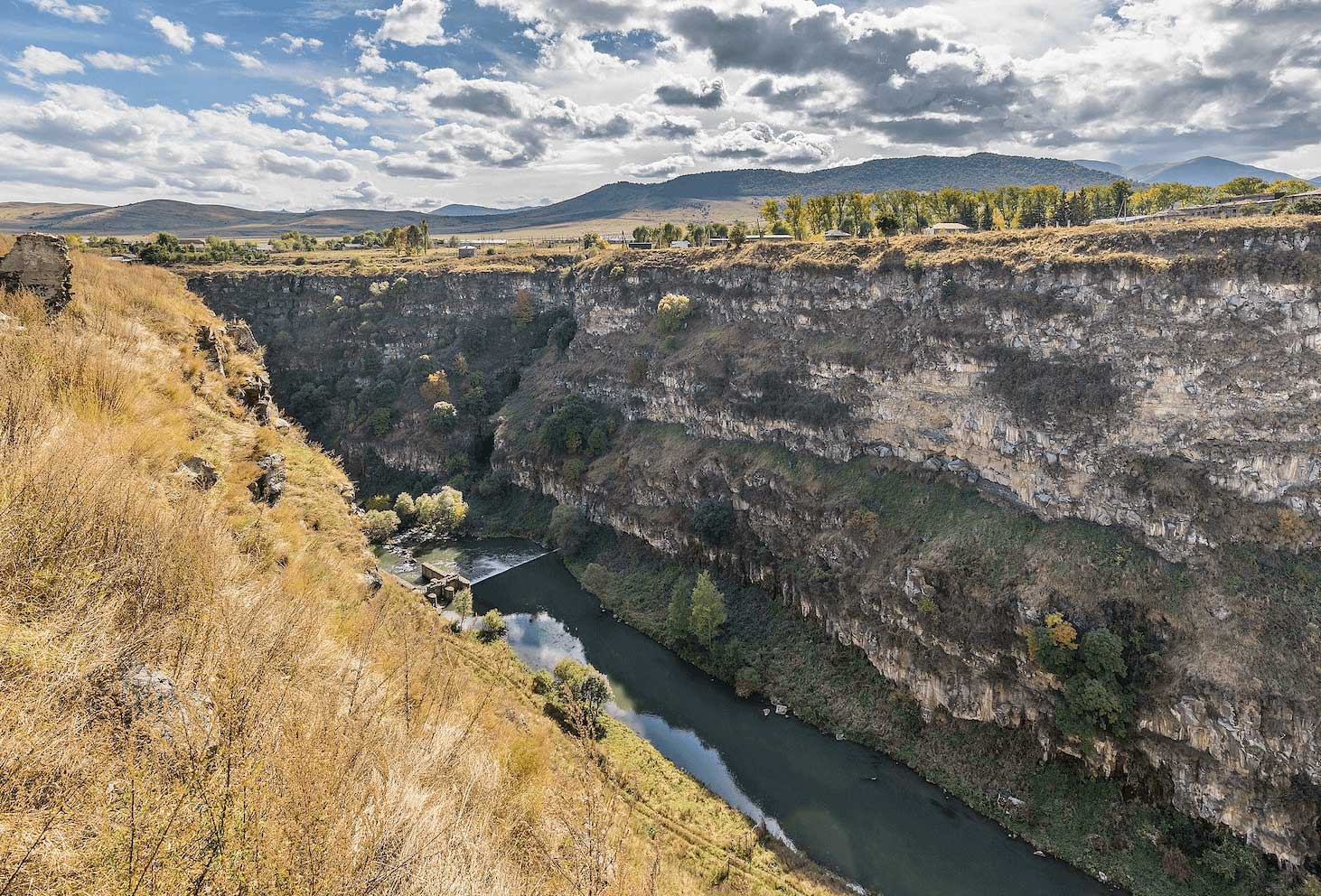
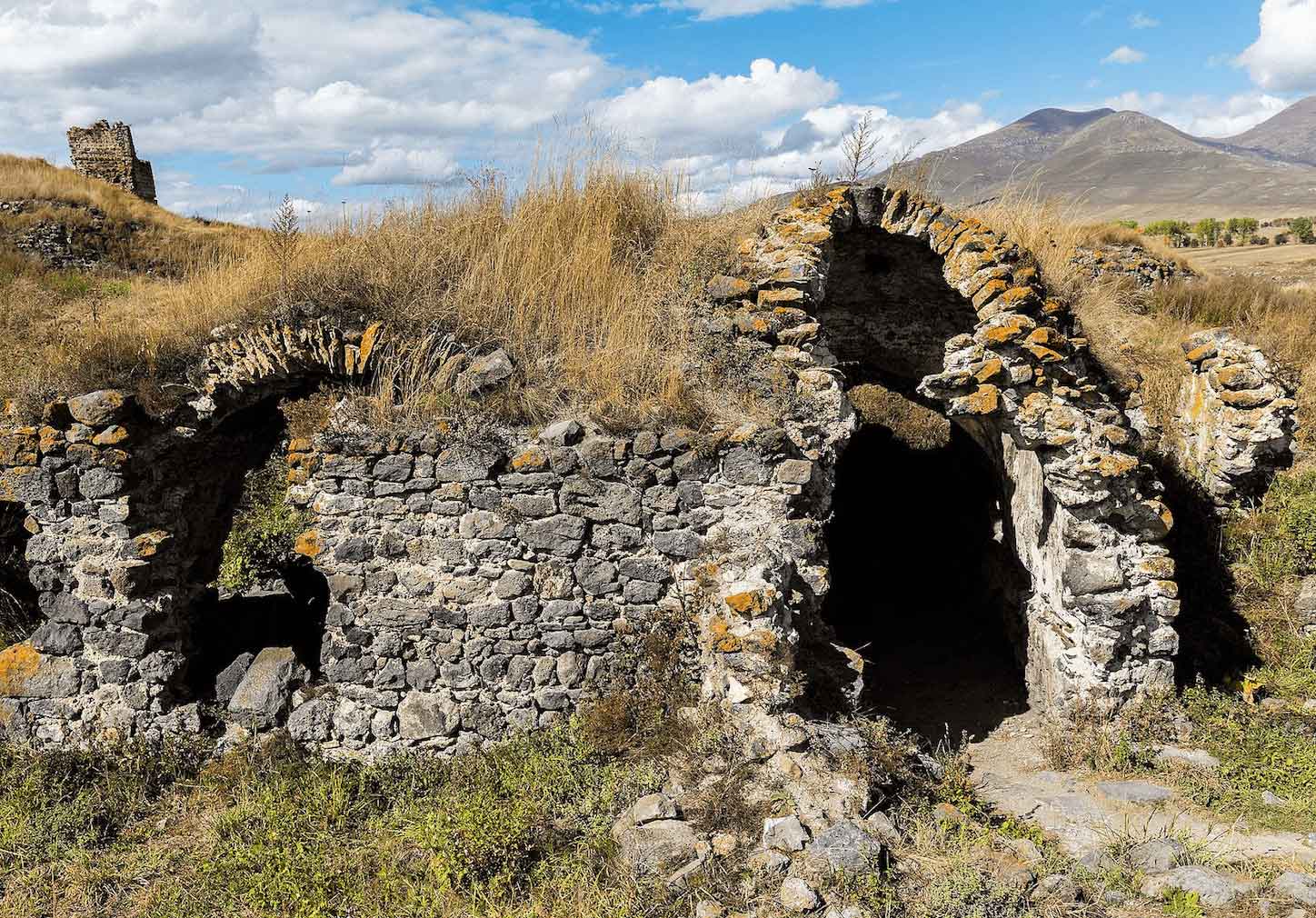
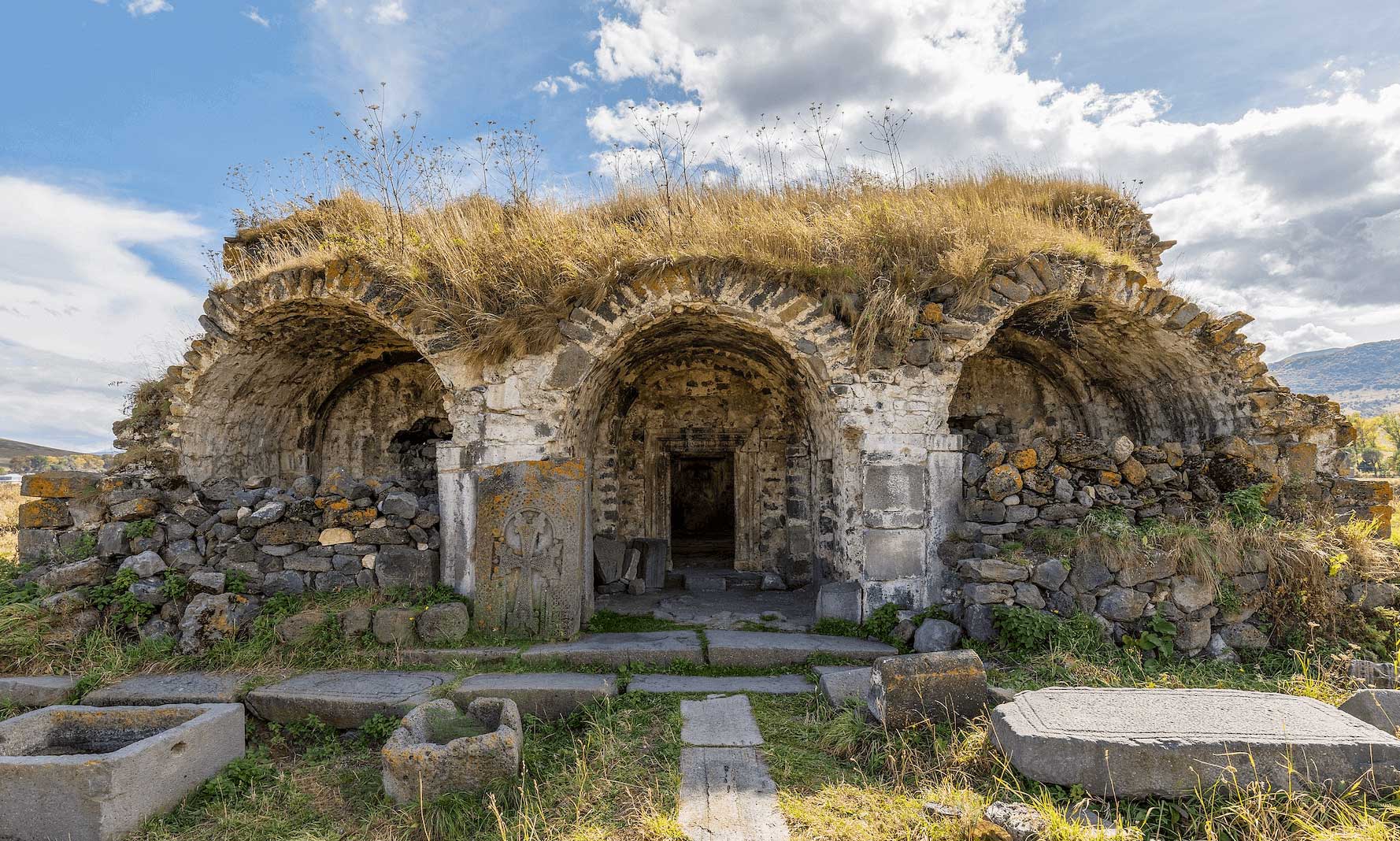

ODZUN
The St. Astvatsatsin Church of Odzun was built in 303-313 by King Trdat IlI. It was later consecrated by Saint Gregory the Enlightener. In the first century AD, Thomas, one of the 12 apostles of Christ, came to Odzun where he consecrated priests and bishops (the word Odzun derives from the word "consecrating"). Before leaving for India, he buried Christ's barrage in the place of the present altar of Holy Mother of God Church.
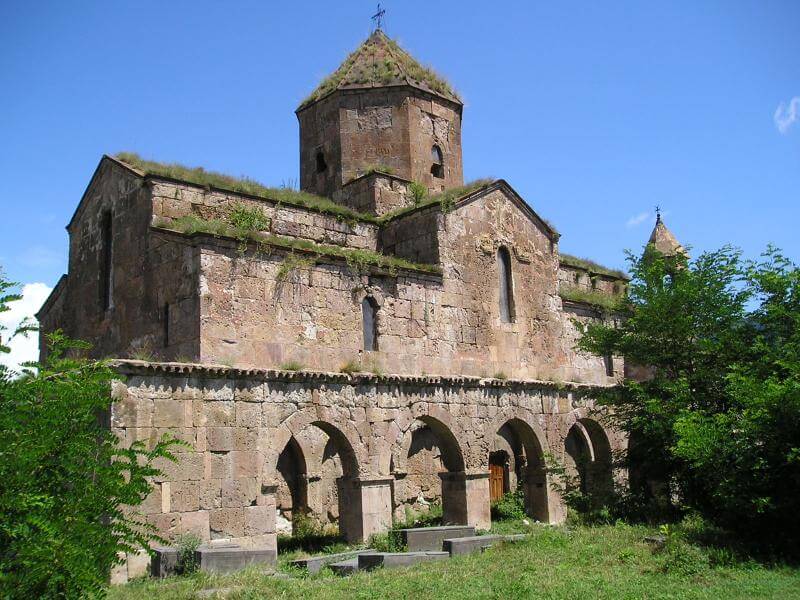
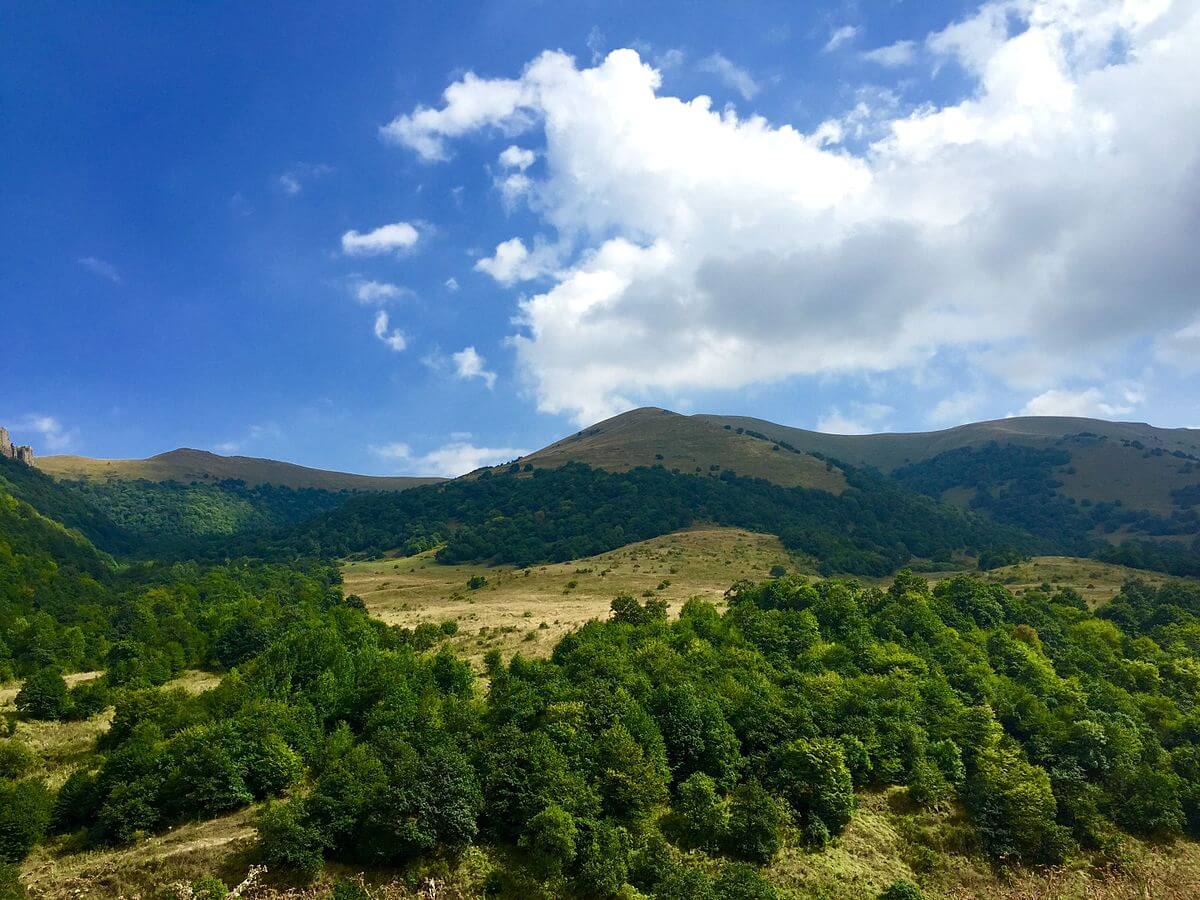
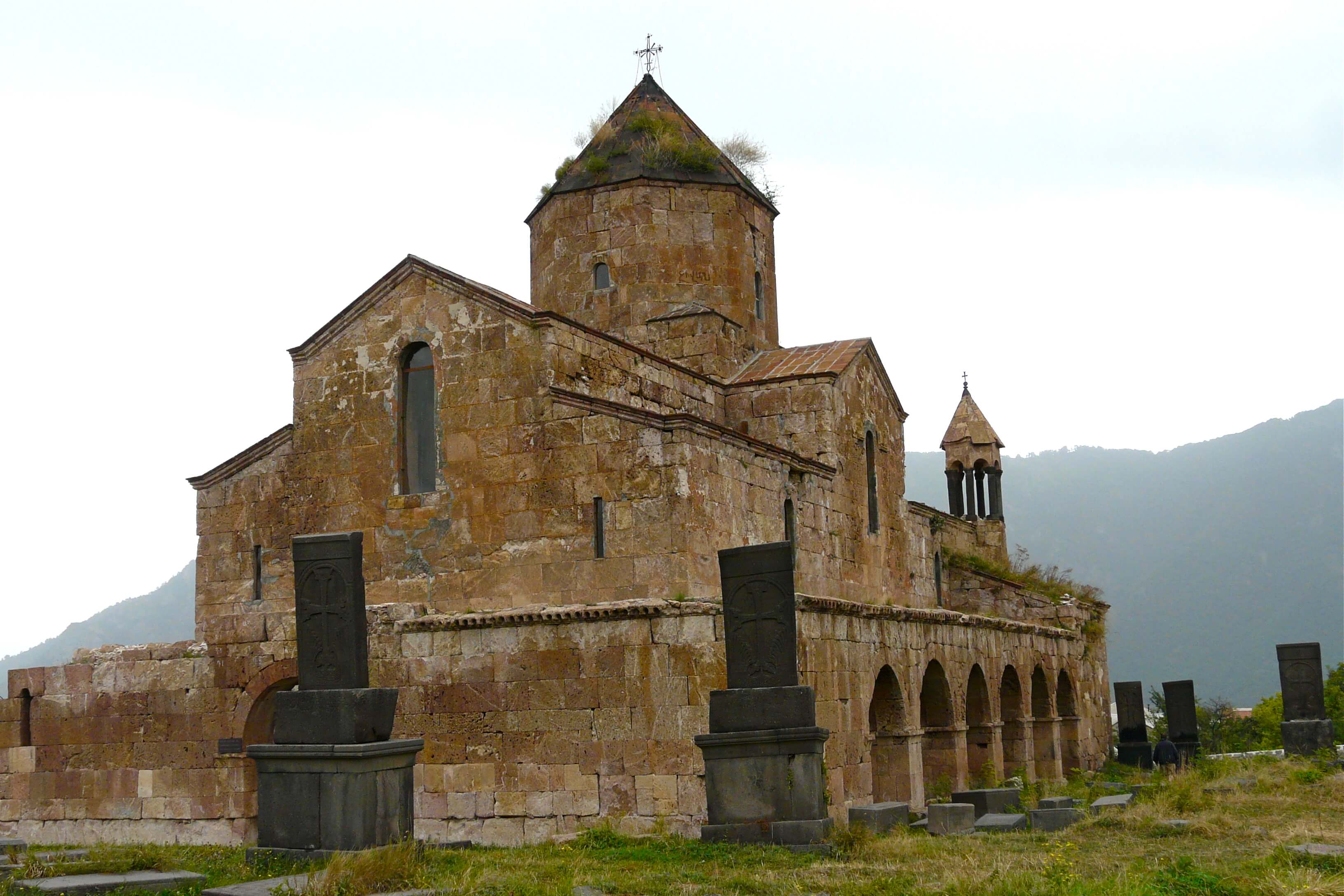

KOBAYR
The Kobayr monastic complex (XII-XIII centuries) is located in the Lori province, on the brink of the deep gorge of the Debed River. The monastery used to be an important center of literature and culture. It was proclaimed as a monastery in the first half of XIII century. The main ensemble of buildings consists of three churches, a belfry, chapels and khachkars (cross stones) surrounded by a defensive wall.
The monastery of Kobayr was especially famous for its unique frescoes decorating the walls of the buildings. Unfortunately, only minor fragments of these frescoes have been preserved.
